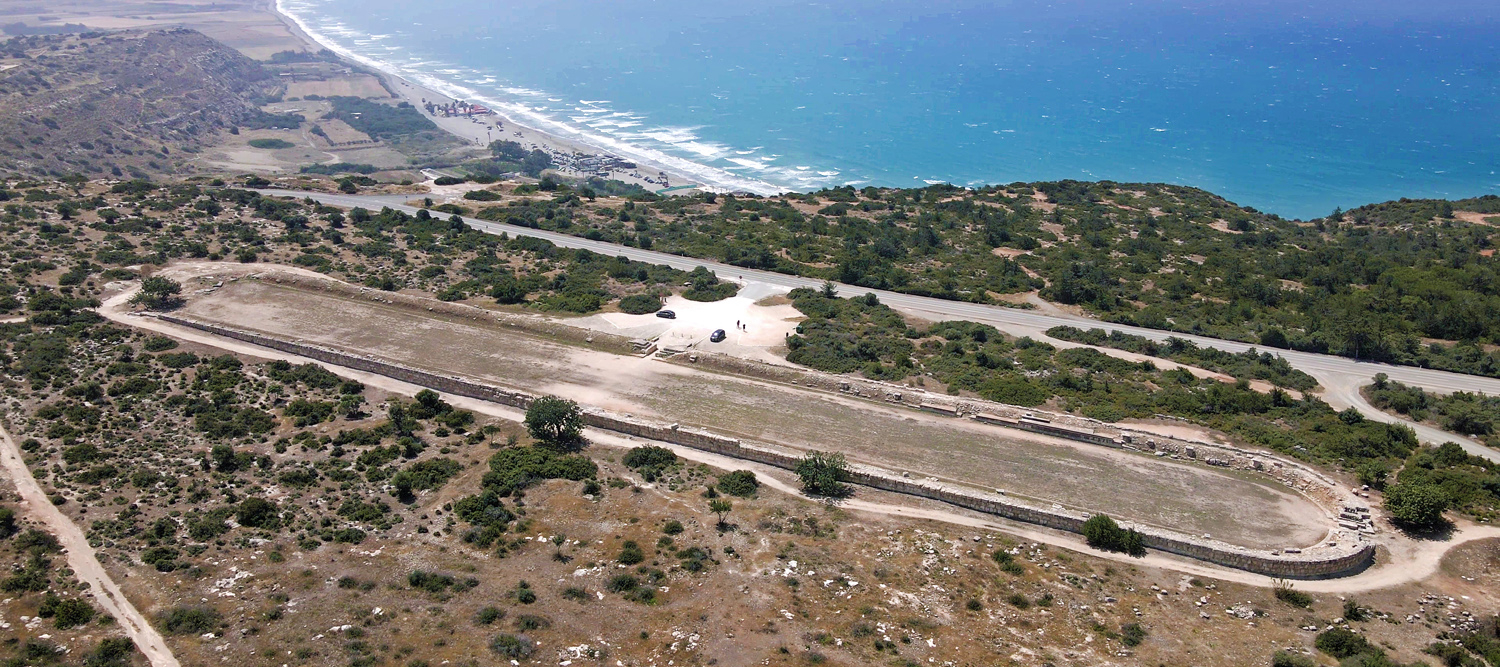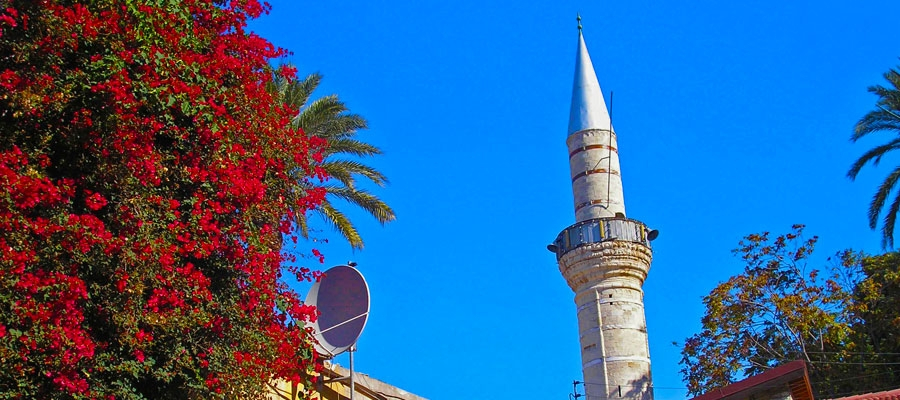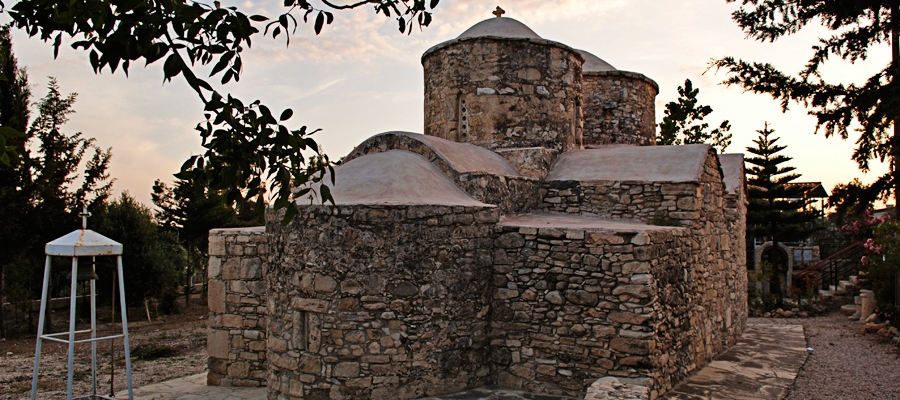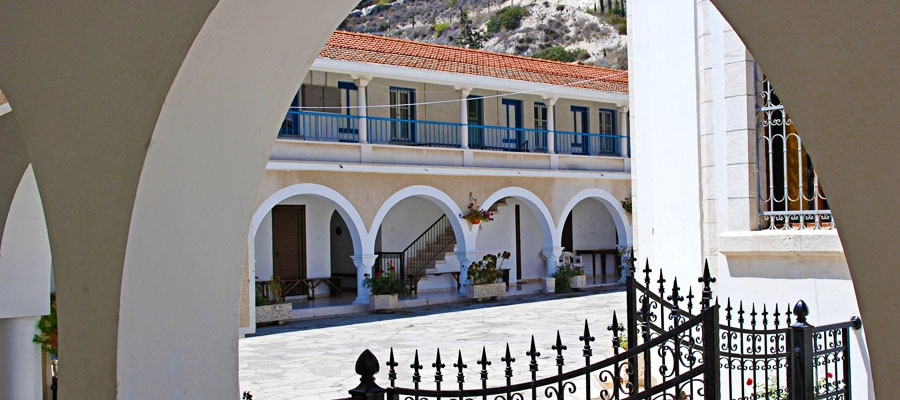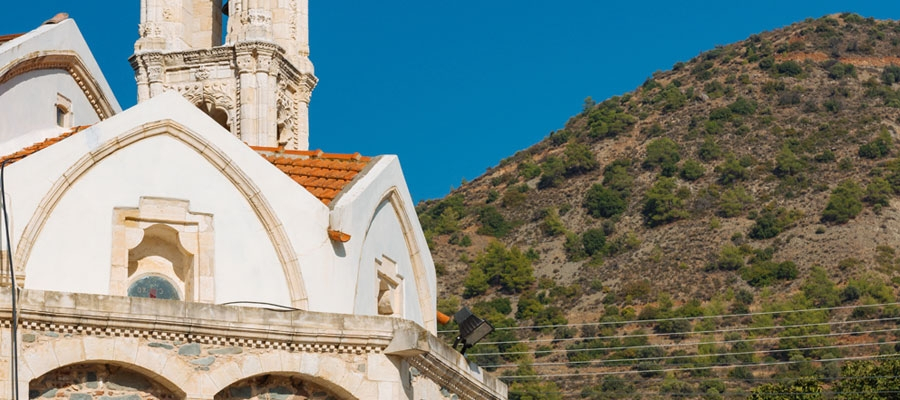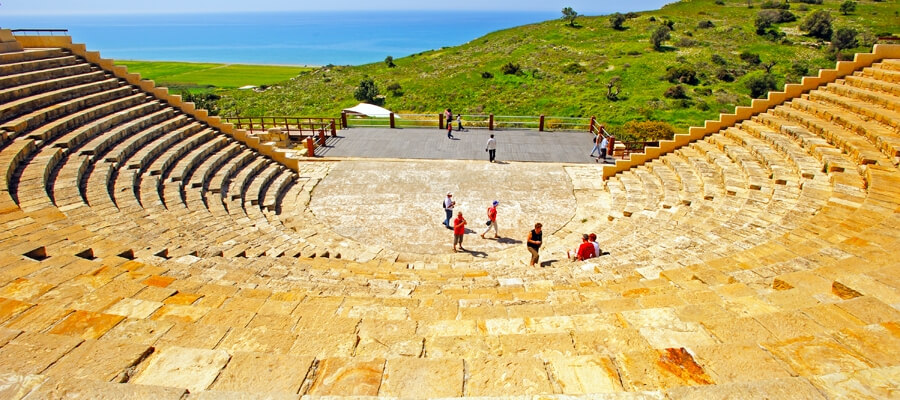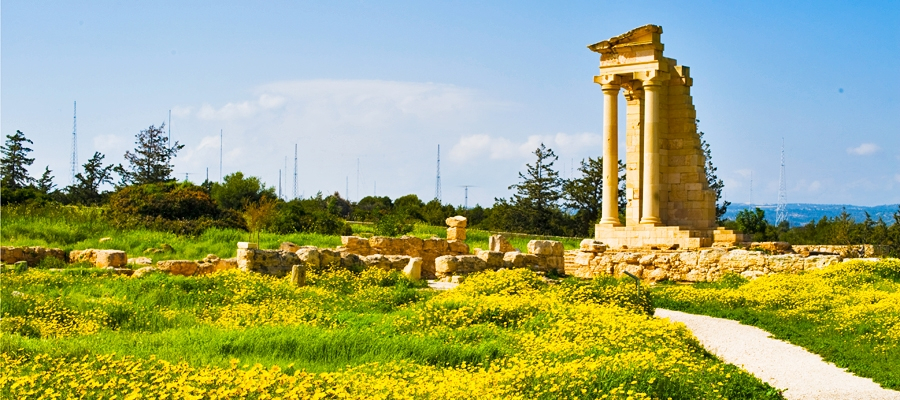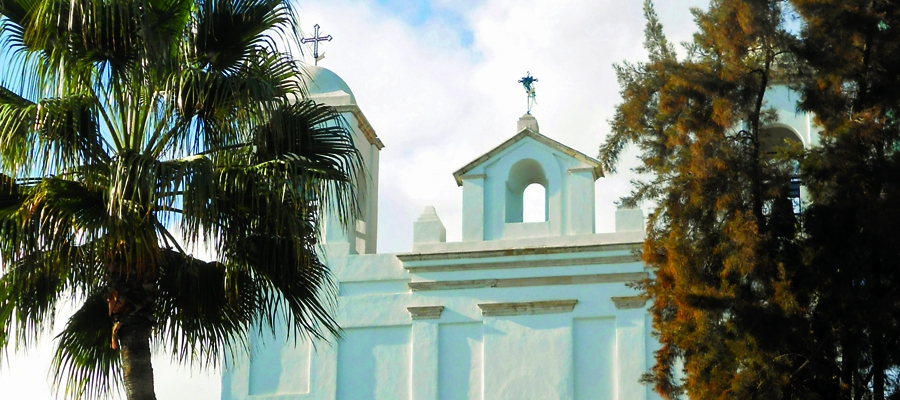Situated southwest of the village of Anogyra, the Church of Timiou Stavrou is built over the foundations of an early Christian basilica. At the end of the 15th century, the present church was built overthe foundations of older churches.
In its present form, the monastery is an intricate architectural complex. Its barrel-vaulted church with a single nave and dome is decorated with wall-paintings in the Palaiologan style which, despite marked wear and tear, remain exceptional examples of Palaiologan painting in Cyprus.
The village itself is located halfway between Lemesos (Limassol) and Pafos (Paphos), 400 metres above sea level, and retains its traditional character and local customs. Surrounded by carob orchards, the ‘black gold’ of the island and the traditional sweet made from it – ‘pasteli’ – are an important part of the village’s history.
| Region: | Lemesos |
| Address: | Anogyra village, 39km west of Lemesos |
| Contact No: | Tel: +357 25 222 679 / +357 25 221 496 |
| Operating Hours: | Daylight hours. |
| Operating Period: | All year round. |
| Entrance Fee: | Free |
| Opening and closing times as well as entrance fees, are subject to alterations without notice. Visitors are advised to check before visiting. |


